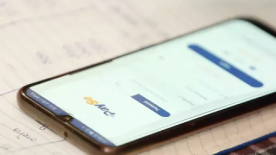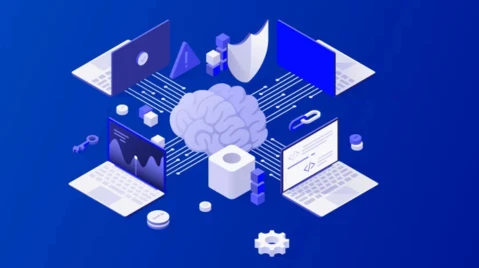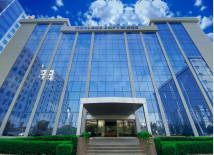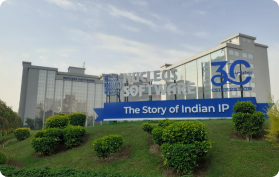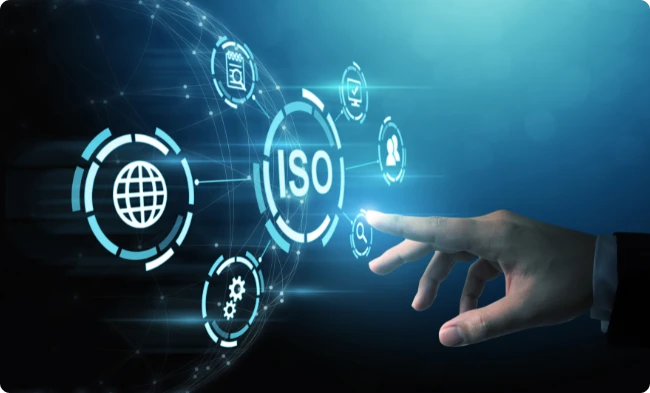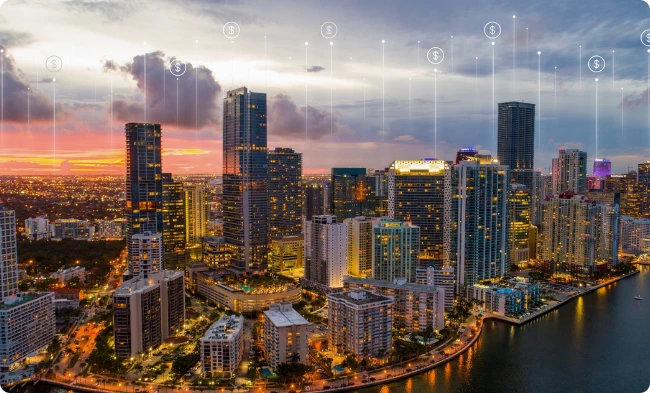ISO 20022 + RTP for Corporates and Bankers

Financial markets today are undergoing a paradigm shift with digitization and the critical requirement to operate at high speed, and be globally connected with instant outcomes. Payment systems need upgrading to facilitate real-time exchange and reduce high costs involved. ISO 20022 is a platform that enables financial institutions to transact in real-time, and when combined with real-time payments (RTP) are path-breaking initiatives that simplify digital transactions and bring in global standardization along with speed.
Unlike legacy formats such as SWIFT MT, ISO 20022 allows for richer, structured, and semantically meaningful data, improving both automation and interoperability. Financial leaders must understand these technologies to compete in a marketplace where the demand 24/7/365 payment system that enables funds to move and settle in seconds is foremost.
ISO 20022 + RTP As Quantum Leaps
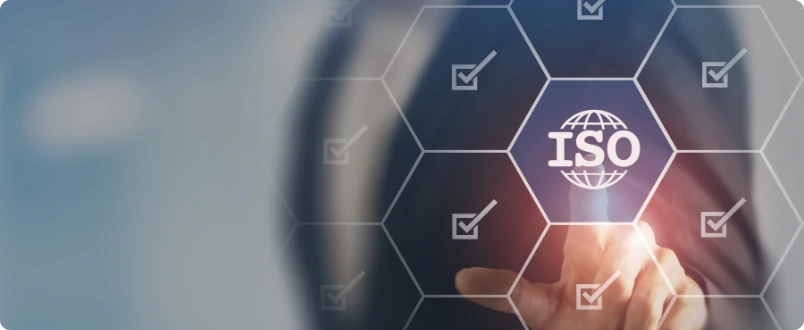
ISO 20022 is an international standard for electronic data interchange between financial institutions supporting more richer data resulting in real-time reconciliation, fraud prevention, compliance screening, enhanced reporting, analytics and compliance, thus reducing complexity and errors. The standard is future-proof and can be adapted to incorporate new technologies, and business needs.
RTP enables immediate transfer of funds between participating banks and supports ISO 20022 messaging to enable rich data exchange with each transaction providing real-time payment confirmation and status updates, increasing transparency and reducing uncertainty for both sender and recipient. RTP is now operational in 70+ countries, including India (UPI), Brazil (Pix), EU (SEPA Instant), the U.S. (FedNow/RTP), and Saudi Arabia (SARIE)— and its impact is revolutionary.
ISO 20022 and RTP Together Offer
- Speed & Always-On Efficiency: Payments settle within seconds, drastically improving liquidity management and cash flow visibility.
- Improved Regulatory Compliance: Rich metadata enables better KYC/AML screening, reducing false positives and improving transaction transparency.
- Operational Automation & Insights: End-to-end payment visibility and structured remittance data support straight-through processing (STP), analytics, and enhanced customer experiences.
ISO 20022 as a Catalyst for Corporates
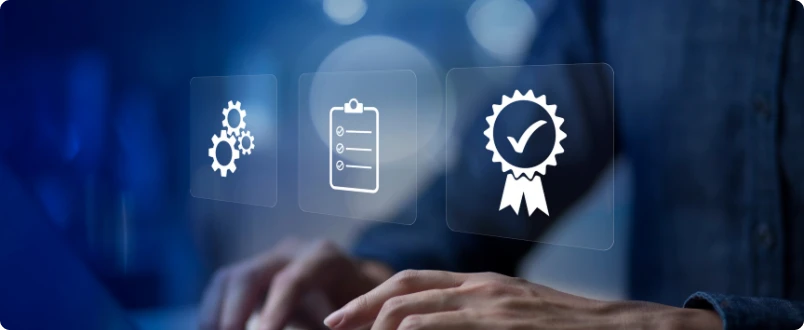
Key Benefits for Corporates
- Rich Payment Context: ISO 20022 messages capture comprehensive payment details such as invoice numbers, tax information, and payment purpose – enhancing transparency across transactions.
- Frictionless Reconciliation: Structured, machine-readable data supports automated reconciliation in ERP systems, significantly reducing manual intervention and reconciliation delays.
- Global Standardization: One harmonized format across banks and markets minimizes integration complexity and operational overhead – especially critical for multinational corporations.
- Stronger Regulatory Compliance: ISO 20022’s enriched metadata supports granular AML/KYC checks, improves audit readiness, and reduces false positives in transaction monitoring.
- Future-Proof Architecture: Designed to work seamlessly with APIs, DLT (Distributed Ledger Technology), and emerging innovations like CBDCs and SWIFT MX – ISO 20022 ensures you’re future ready.
- Cross-Border Treasury Alignment: As central banks and payment schemes globally (e.g., SEPA, TARGET2, CHIPS, Fedwire, SARIE) adopt ISO 20022, corporates benefit from harmonized processes across jurisdictions.
Related Brochure: FinnAxia® Global Payments – Redefining the Future of Cross-border Transactions
Real-World Examples
- Global Logistics Firm: Uses ISO 20022 for all incoming and outgoing payments across 12 banking partners and 5 countries – reducing reconciliation time and enabling near real-time cash positioning.
- Fortune 500 Manufacturing Company: Automatically reconciles payments based on embedded invoice data, cutting manual exception handling considerably and lowering DSO (Days Sales Outstanding).
- Pharmaceutical Multinational: Integrates ISO 20022 into payment flows for enhanced AML traceability – meeting stringent EU compliance with full audit trail coverage across treasury and tax teams.
From Days to Seconds: Why RTP is the New Corporate Standard?
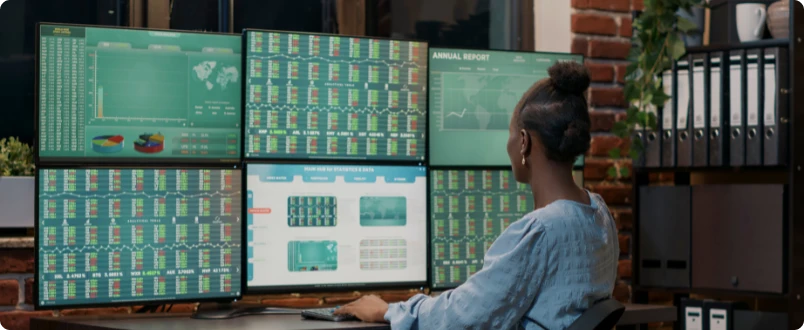
An instant, 24/7/365 payment system that enables funds to move and settle in seconds.
Key Benefits for Corporates
- Instant Cash Flow
- Immediate fund availability enhances real-time liquidity visibility and forecasting.
- Accelerated Settlements
- Enables just-in-time payments with significantly reduced delays.
- Minimizes reliance on batch clearing, lowering settlement exceptions.
- Operational Agility
- Payments can be initiated and received anytime, eliminating dependencies on banking hours.
- Reduces cut-off time pressure and manual intervention.
- Enhanced Customer & Supplier Experience
- Instant refunds, payrolls, and supplier payments build trust and satisfaction.
- Drives innovation in customer-facing services.
- Improved Fraud Monitoring
- Real-time transaction monitoring allows faster detection of suspicious patterns.
- Proactive intervention helps reduce financial and reputational risks.
- 24/7/365 Availability
- Businesses operate beyond traditional banking hours.
- Critical payments can be made even during weekends and holidays.
- Better Business Relationships
- Timely, transparent payments strengthen supplier and partner trust.
- Creates a competitive edge in vendor negotiations and procurement.
Real-World Examples
- E-Commerce Platform: Instantly disburses refunds via RTP, improving customer satisfaction and reducing support calls.
- Manufacturing Giant: Executes just-in-time supplier payments to secure critical parts and avoid production delays, preserving revenue and maintaining supply chain continuity.
Use Case Spotlight
A leading retail chain handles a high volume of returns. By integrating RTP into their refund process:
- Refunds are processed instantly – even on weekends or public holidays.
- Customers receive funds within seconds, boosting brand loyalty.
- Call center volumes drop due to fewer refund-related queries.
How Banks can Overcome the Technology Challenge?
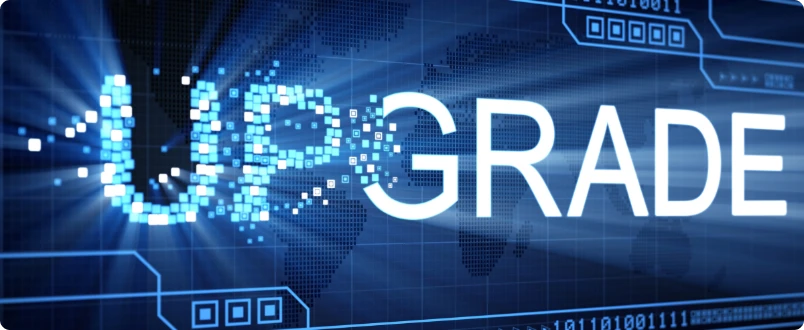
Migrating to ISO 20022 can be expensive, requiring investments in technology, training, and system upgrades. Adoption can also be complex as the standard requires changes in existing systems and processes. RTP also requires the same investments in infrastructure upgrades and potential adjustments to existing processes. Thus choosing the right technology partner with rich domain expertise who can reduce long-term costs and keep customers secure is vital for Banks and financial institutions looking to integrate successfully.
Powering ISO + RTP Transformation for Banks
As the global financial services industry embraces the dual shift of ISO 20022 messaging and real-time payments (RTP), Nucleus Software stands at the forefront – empowering banks and financial institutions to turn compliance into competitive advantage. Our flagship platform, FinnAxia® for transaction banking is purpose-built to support this transformation at scale. Nucleus Software empowers banks not just to adopt ISO 20022 and RTP, but to lead in a world where data, speed, and compliance are the new competitive levers.
Country Deep-Dive: Adoption & Impacts
The period of coexistence for MT and ISO 20022 for cross-border payments on major global exchange currencies will end in November 2025. Let’s see how each region is faring on the migration.
United States: FedNow® & Fedwire® in Transition

The U.S. is at a crossroads in its payments modernization journey. The FedNow® Service, launched in July 2023, is built with ISO 20022 compatibility from the ground up, offering richer message formats and improved data handling from day one. Parallelly, the Fedwire® Funds Service is undergoing a significant migration to ISO 20022. Meanwhile, CHIPS (Clearing House Interbank Payments System), which processes 95% of USD cross-border payments and a significant share of domestic high-value transfers, has announced plans for full ISO 20022 adoption by the end of 2025.
This broader ISO 20022 transition across FedNow®, Fedwire®, and CHIPS responds to growing demands from corporates and financial institutions for richer remittance data, automated reconciliation, and end-to-end transparency.
However, there are challenges like infrastructure fragmentation across financial institutions, the need for middleware to convert legacy MT platforms to ISO 20022 and diverse readiness levels, that need to be addressed swiftly.
European Union: SEPA & TARGET2 Lead the Charge

The EU fully migrated TARGET2 (T2) and EURO1 to ISO 20022 in March 2023. Its SEPA Instant Credit Transfer rulebook – aligned with ISO – was enhanced in late 2025 for faster, richer instant transactions.
European banks face a complex set of challenges as they navigate the transition to ISO 20022 and SEPA Instant payments. Many are constrained by legacy infrastructure that’s not designed for real-time processing or structured ISO messaging, making integration both costly and resource-intensive. Compliance with the EU’s Instant Payments Regulation (IPR) – including requirements like real-time AML checks, fee parity with standard SEPA payments, and confirmation of payee – further adds to operational and financial pressures. Additionally, ISO 20022 introduces rich, structured data formats that require banks to rethink their data governance and ensure consistency across domestic and cross-border payment schemes.
Southeast Asia – A Pan-Regional ISO & RTP Powerhouse

Southeast Asia is emerging as a global leader in cross-border real-time payments, blending ISO 20022 with regional digital infrastructure. ACI Worldwide and Kapronasia describe a dynamic landscape where nations like Malaysia, Singapore, Thailand, Indonesia, Vietnam, and the Philippines are building interoperable systems that include QR‑based RTP and ISO messaging. The ASEAN bloc has initiated a Unified QR Code Payment System, enabling instant regional payments between member. Additionally, Project Nexus, backed by BIS and six central banks (India + ASEAN), aims to interlink domestic RTP schemes by 2026.
Banks across Southeast Asia face a unique set of challenges in adopting ISO 20022 and real-time payments (RTP) at scale. Legacy core systems remain a major hurdle, as many were not designed to handle real-time processing or structured, data-rich ISO messaging. This is compounded by fragmented payment infrastructures and varying levels of regulatory readiness across countries, making cross-border interoperability complex and resource-intensive.
Australia & New Zealand – Early Movers in ISO 20022

The Australia-New Zealand region was ahead of the curve, embedding ISO 20022 into its national payment backbone early on. Australia’s New Payments Platform (NPP) went live in February 2018 as an ISO-native instant RTP system, enabling enriched message handling and interoperability. The Reserve Bank of New Zealand followed suit, supporting ISO 20022 across its RTGS since November 2022.
Despite early adoption, ANZ banks face hurdles in realizing the full potential of ISO 20022 and real-time payments. Legacy systems lack compatibility with rich ISO messages, demanding costly upgrades or middleware. Integration across domestic and global systems – especially with SWIFT’s migration – adds complexity. Ongoing compliance with evolving AML, fraud, and privacy regulations requires significant investment in analytics and security. Smaller banks struggle with limited budgets and expertise, and uneven readiness across institutions continues to delay ecosystem-wide harmonization.
India: UPI’s Dominance & ISO 20022 Ambitions
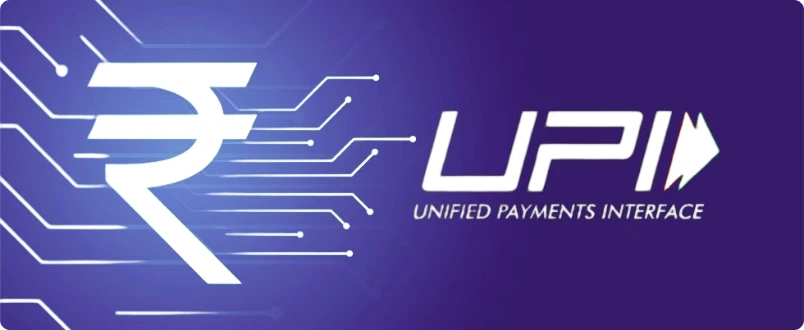
India’s Unified Payments Interface (UPI) continues to scale new heights – processing a record 18.68 billion transactions worth ₹25.14 trillion (approx. $293 billion) in May 2025, marking a 33% year-on-year increase.
Despite UPI’s phenomenal growth, it is not based on ISO 20022, which presents a strategic challenge: integrating richer, structured messaging into India’s high-volume real-time system without disrupting its simplicity and performance. The RBI’s Payments Vision 2025 mandates ISO‑20022 compliance across NEFT, RTGS, and other RBI‑managed systems. However, migrating legacy systems – while preserving interoperability and testing SOAP/XML standards – requires significant technical enhancements, system upgrades, and coordination across stakeholders.
Middle East: Regional Digital Leapfrog

The Middle East is undergoing a significant payments modernization wave, prioritizing ISO 20022 adoption across its core systems. Saudi Arabia’s SARIE (Saudi Arabian Riyal Interbank Express) platform became ISO 20022 compliant in 2023. Designed as a real-time gross settlement (RTGS) backbone, SARIE supports instant P2P, P2B, and B2B transactions around the clock. The UAE is actively upgrading major platforms like KASHTA and ICCS to ISO 20022 standards, with both systems scheduled for migration by end 2025. This aligns with broader GCC efforts to harmonize payments infrastructure across the region.
Despite the Middle East’s leap toward ISO 20022, banks face several challenges. Legacy systems require major upgrades, while a shortage of ISO expertise increases dependence on external partners. Evolving regulations and fragmented regional coordination add complexity. Ensuring 24×7 uptime, real-time fraud prevention, and scalable, secure infrastructure poses further strain – especially for smaller banks. Balancing rapid modernization with operational readiness is the key hurdle.
Final Thoughts: Towards Customer Centricity
ISO 20022 + RTP is not just a compliance project – it’s a strategic opportunity to transform customer experience with immediate, transparent payments, unlock data intelligence for treasury, fraud mitigation, and reconciliation and build agile payment ecosystems with modular, future-proof services. Financial institutions that lead this change will thrive in the new global payments era.







 Lending
Lending
 Transaction Banking
Transaction Banking Financial Inclusion
Financial Inclusion





